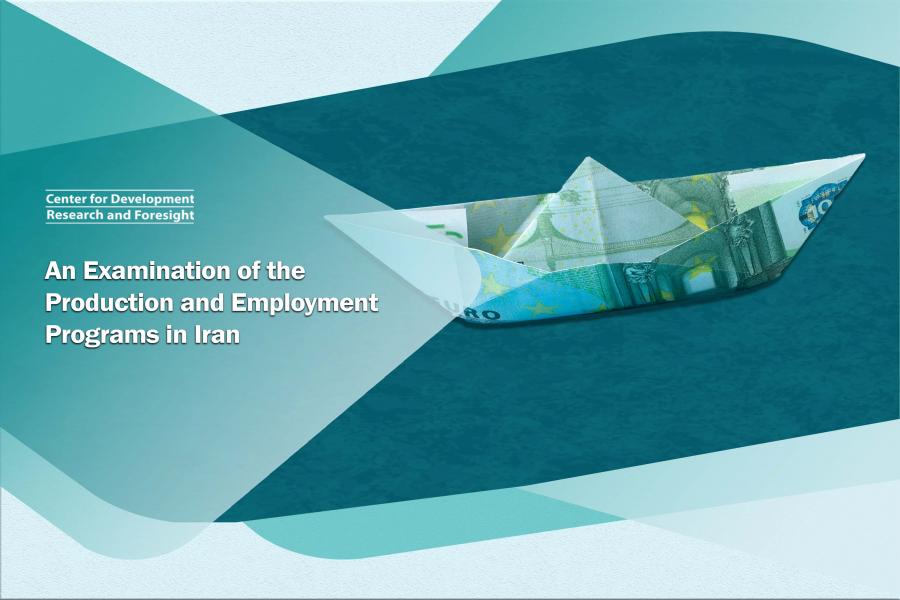
-
بررسی آییننامهها و دستورالعملهای برنامه هفتم پیشرفت
-
بررسی عوامل موثر بر افزایش تصادفات و تلفات جادهای و سوانح رانندگی و دادهکاوی تلفات انسانی
-
سازماندهی و بازآرایی فضایی آموزش عالی کشور
-
به روز رسانی سند ملی آمایش سرزمین
-
انجام مطالعات مناطق آزاد به عنوان نواحی پیشران اقتصادی کشور
-
اصلاح ساختار بودجه و پیاده سازی نظام یکپارچه مدیریت اطلاعات مالی دولت (IFMIS)

Commencing in 2016, the Iranian annual budget legislation has consistently highlighted employment support, production and employment, as articulated in Article 18. A comprehensive examination has been undertaken on the way that Article 18 has been performed within this specified duration. The examination disclosed the existence of certain deficiencies in planning. These deficiencies encompassed an insufficient concentration on essential policies such as macroeconomic stability and the augmentation of the business environment. There was also a noticeable absence of emphasis on the advancement of competitiveness and productivity, in addition to enhancements in domestic and international supply chains.
In spite of these identified issues, there were persistent alterations in the execution of Article 18. These alterations transpired irrespective of the legislative requirements for job creation. Furthermore, there was only a partial application of the relevant laws and regulations. This was accompanied by a lax oversight owing to the gaps present in labor market statistics and information systems. Collectively, these elements have played a significant role in obstructing the attainment of policy objectives. In the proposed budget for the fiscal year 1402, similar to preceding years, Article 18 addresses support for production and employment across the nation. Significant improvements over previous years encompass provisions for the "coordination of skills supply and demand" and the establishment of a "comprehensive labor market information system." Other notable aspects of Article 18 in the 1402 budget proposal include the revision of the Omid Entrepreneurship Fund's statutes and its transformation into the Progress and Justice Fund, the assignment of Article 18 implementation responsibility to the Ministry of Cooperation, Labor, and Social Welfare, and the approval of executive regulations for the Supreme Employment Council.
The resources earmarked for bolstering production and employment in 1402, apportioned at 70% at the provincial level and 30% at the national level, can be classified into the following categories:
- A) Public budget resources of the government with specific allocations.
- B) Supplementary sources from the government's public budget.
- C) Mandatory funds derived from Qarz Al-Hasna deposits (zero coupon deposits).
Drawing from the findings of this study, it is recommended that, in addition to prioritizing key policies that exert a significant influence on the economy, such as macroeconomic stability, the investment climate (business environment), labor market institutions, education and workforce skills, and the social security system, the following considerations should be incorporated:
- Designate the country's Plan and Budget Organization as the primary authority for improving the business environment and as the coordinator of relevant institutions in the respective domains.
- Offer comprehensive support for the enhancement and completion of the comprehensive labor market information system.
- Develop and execute active labor market policies to improve the alignment of skill supply and demand.
- Amplify and broaden the role of the private sector in delivering technical and vocational training and issuing professional certifications.
- Revise and update technical and vocational training programs with active involvement.



